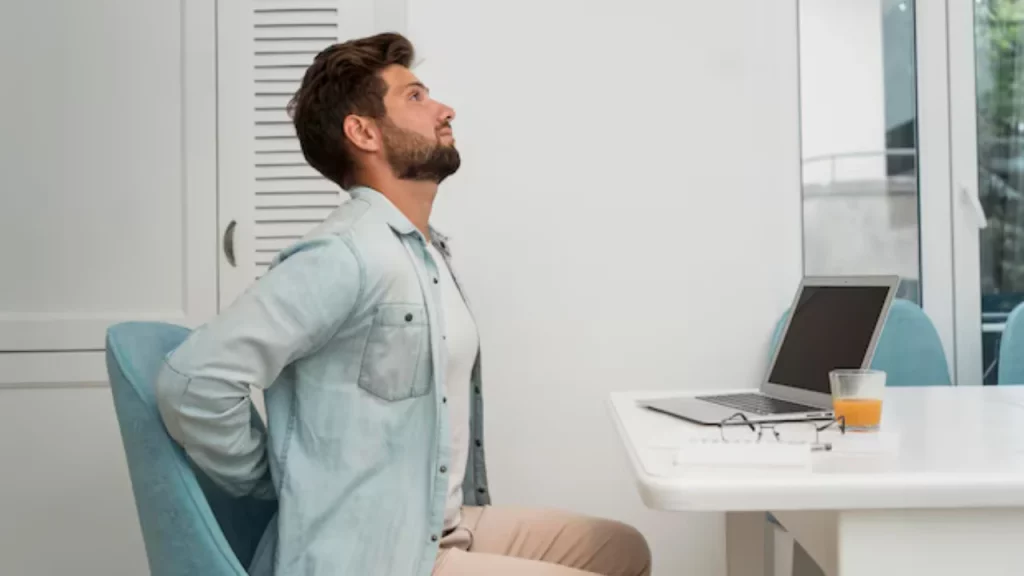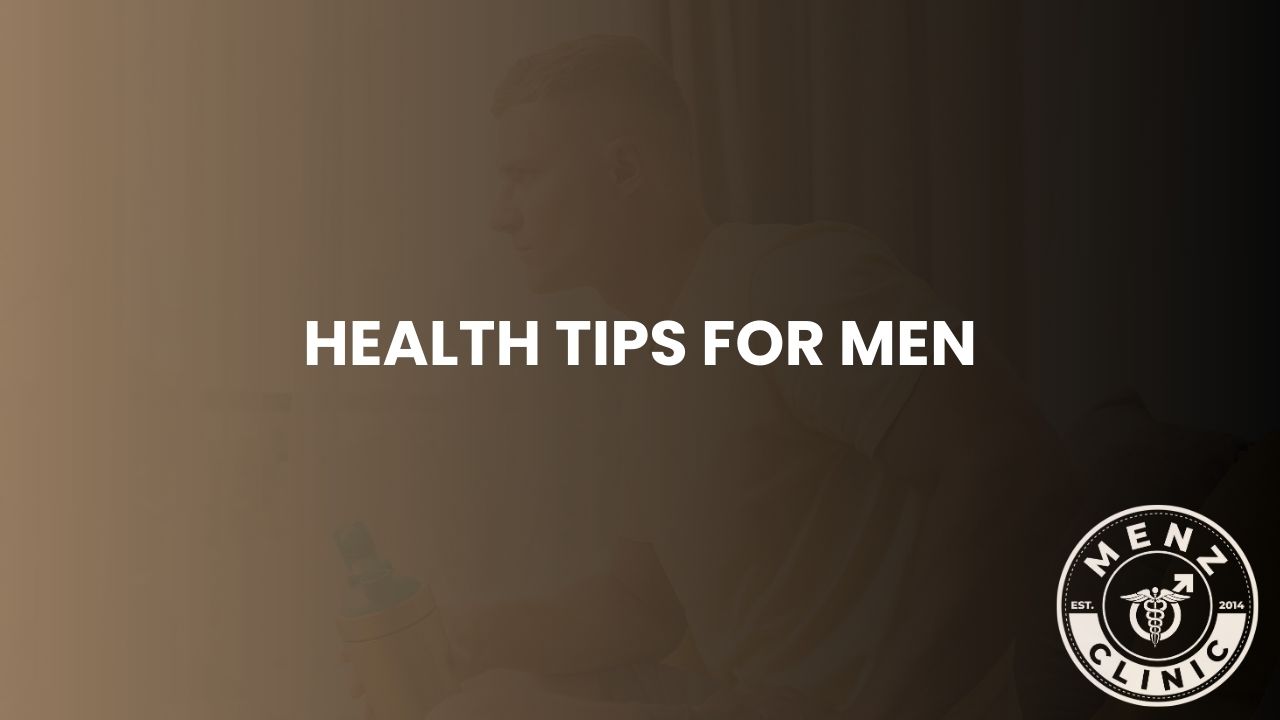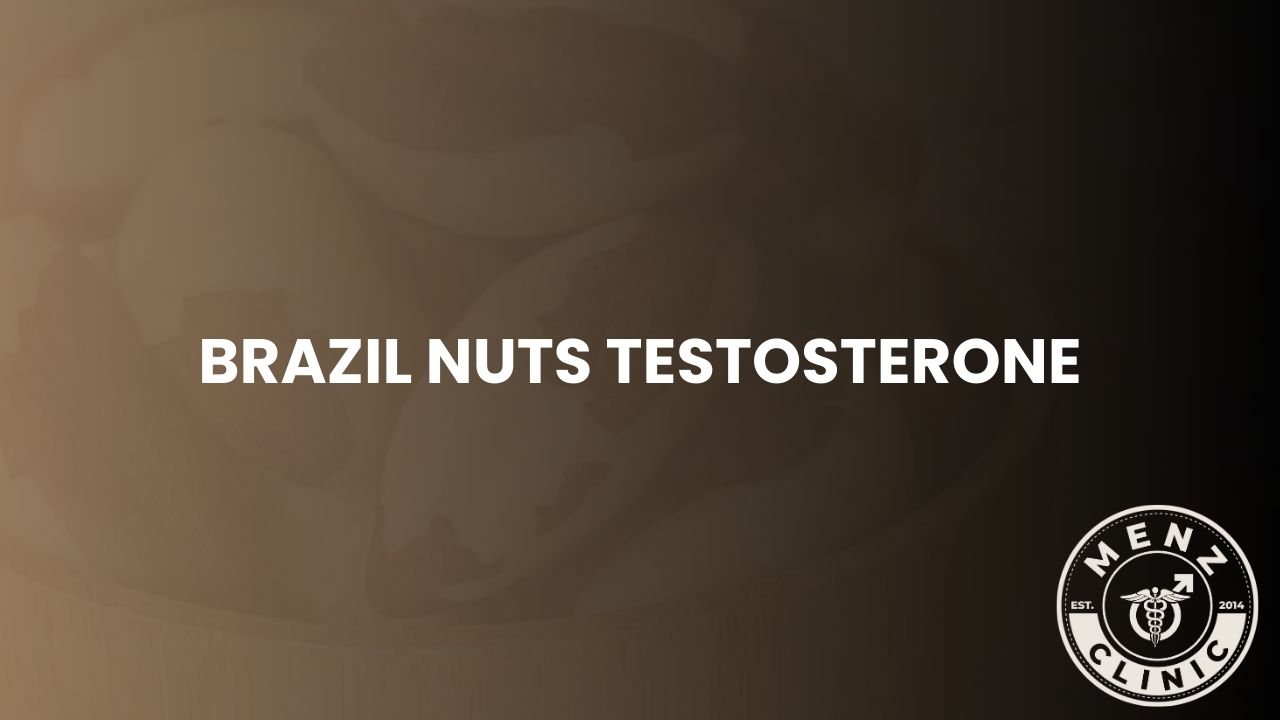Middle back pain, also known as thoracic back pain, is back pain felt in the thoracic vertebrae which are between the bottom of the neck and top of the lumbar spine. It has many causes from muscle strain to collapse of a vertebra to rare serious diseases. The upper spine is very strong and stable to support the weight of the upper body and to anchor the rib cage which provides a space for the heart and lungs to function and protect them.In most cases it’s self limiting; no tests required and just pain relief. More severe and prolonged cases will need more specific pain management and occasionally investigations for underlying medical conditions.
Understanding Middle Back Pain
Middle back pain is about the causes, symptoms and management. This type of pain is called thoracic pain and is in the area between the lower neck and upper back. Conditions like herniated discs, spinal stenosis and osteoarthritis can also cause middle back pain. Symptoms are dull aches and stiffness to sharp pains and limited mobility. Management is exercise, stretching and strengthening routines, good posture and ergonomic adjustments. Heat and massages can give temporary relief, physical therapy can help with underlying issues. Know the root of the pain and address it for long term relief and prevention.

Common Causes of Middle Back Pain
The biggest culprits of middle back pain is poor posture. Slouching, hunching over desks or sitting in the wrong position can put too much pressure on the muscles, ligaments and discs in the thoracic spine causing chronic pain. Activities that require repetitive motions or lifting heavy objects without proper technique can strain the muscles and ligaments in the middle back. This overuse can lead to muscle spasms and tension and therefore pain. Accidents, falls or sports injuries can cause direct trauma to the thoracic spine and result in fractures, sprains or other injuries that cause back pain. Even minor injuries can be painful if not treated right away. Conditions like osteoarthritis or degenerative disc disease can wear down the discs between the vertebrae and cause pain and discomfort in the middle back. Herniated discs in the thoracic region can also compress nerves and cause pain. Scoliosis is a condition where the spine curves abnormally and can cause uneven distribution of weight and stress on the spine and therefore mid back pain.
Symptoms of Middle Back Pain
Middle back pain symptoms can be different depending on the cause. Common symptoms are a dull ache in the middle back that gets worse with movement or sitting for long time. A constant ache in the middle back that gets worse with sitting, standing or movement. Tightness in the back muscles that makes it hard to move or bend. This stiffness is more pronounced in the morning or after periods of inactivity. Sudden sharp pain that occurs with movement or deep breathing, often with muscle spasms or injury. Pain that radiates from the middle back to the chest, ribs or shoulders which means nerve involvement. Numbness, tingling or weakness in the arms, legs or chest which means nerve compression or damage. In some cases mid back pain can make it hard to breathe deeply especially if the pain is from a rib injury or muscle strain.
Treatment Options
Middle back pain often requires a multi-faceted approach depending on the severity and underlying cause of the pain.
- Rest and Activity Modification: First, stop activities that worsen the pain and let the muscles and tissues rest. But don’t stay inactive for too long as it can lead to stiffness and weakness.
- Over-the-Counter Pain Relievers: Medications like ibuprofen, acetaminophen or naproxen can help reduce pain and inflammation. Often used in conjunction with other treatments.
- Physical Therapy: A physical therapist can create a personalized exercise program to strengthen the middle back muscles, improve posture and increase flexibility. This helps not only relieve current pain but also prevents future occurrences.
- Chiropractic Care: Chiropractic adjustments can realign the spine, reduce pressure on nerves and relieve middle back pain. Good for pain caused by misalignment or spinal issues.
- Heat and Cold Therapy: Apply heat to the area to relax tense muscles and improve blood flow, cold to reduce inflammation and numb sharp pain.
- Injections and Surgery: Corticosteroid injections or nerve blocks for severe cases. Surgery is usually the last resort for herniated discs or spinal instability.
Managing and Relieving Middle Back Pain
Middle back pain can be managed with lifestyle changes and treatment. Exercise regularly especially core and back exercises to prevent future back pain. Stretching exercises are good for flexibility and reducing muscle tension. Good posture is key, set up your workspace ergonomically and practice good body mechanics to lower the risk of back pain. Heat therapy and massages can give temporary relief from muscle tension and discomfort.

Preventing Middle Back Pain
Good posture all day especially during prolonged sitting or standing is key to back health. Exercise including strength training and flexibility exercises strengthens and maintains back muscles. Proper lifting technique is key to not putting unnecessary strain on your middle back. And arranging your workspace ergonomically will prevent middle back problems from poor posture and repetitive strain. Pay attention to body mechanics during daily activities like bending, reaching and lifting. By doing all these you can reduce the risk of middle back pain and overall spinal health.
Conclusion
Middle back pain is a very common condition that can be a real nuisance to daily life so it’s good to know the causes and symptoms. By knowing the underlying issues you can get the right treatment and manage the pain. Adding preventive measures and lifestyle changes can also reduce the risk of getting back pain and have a healthy pain free back. Early intervention and regular exercise can also support long term spine health. If you have persistent or severe back pain, it’s best to see a doctor for a proper diagnosis and treatment plan.











